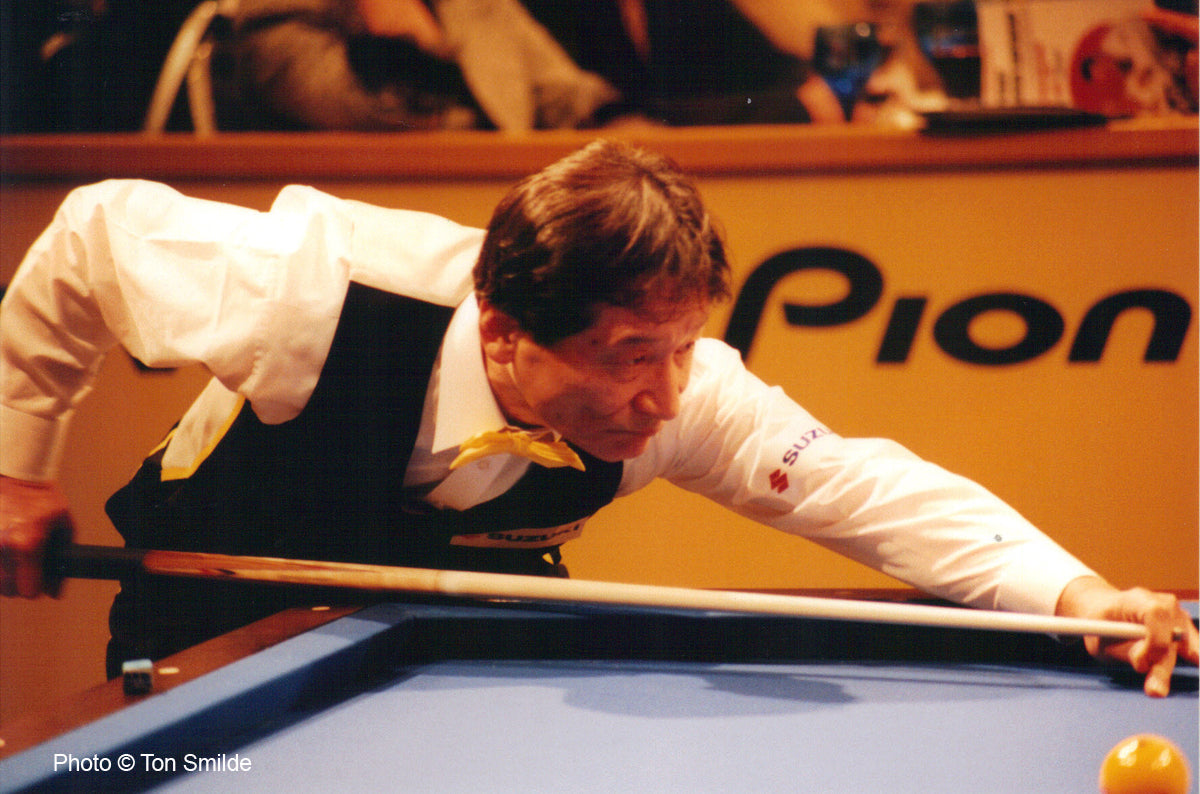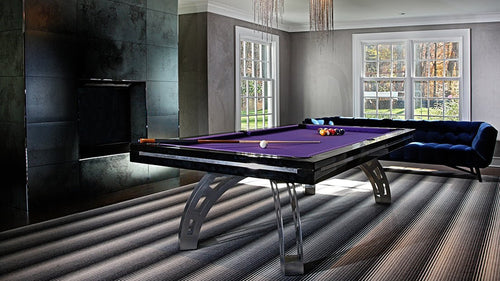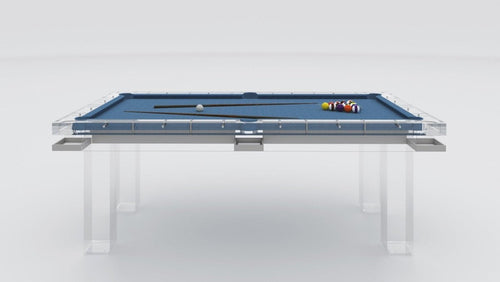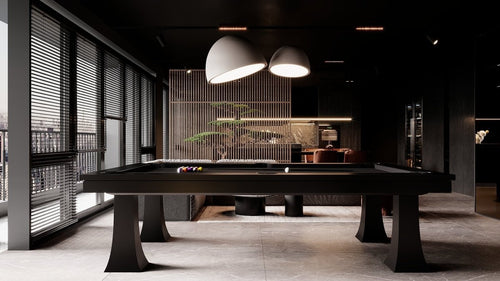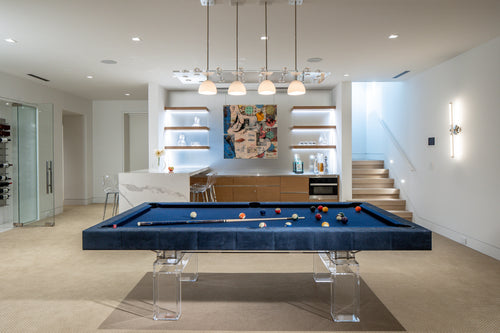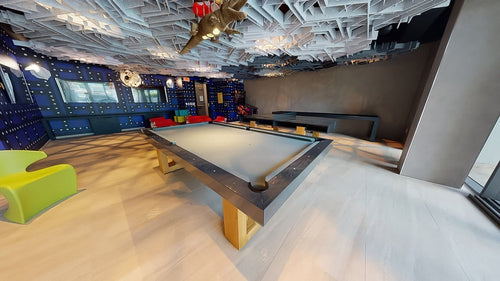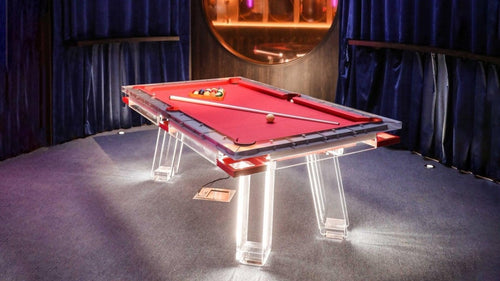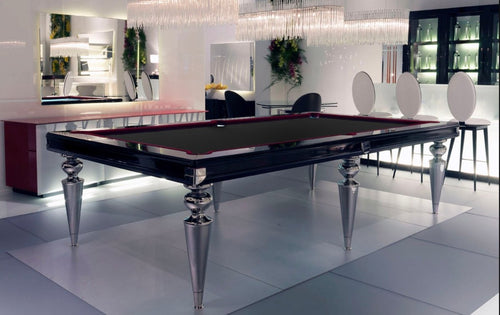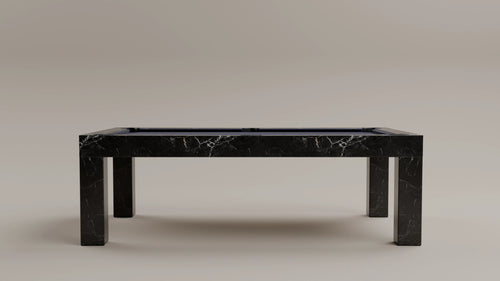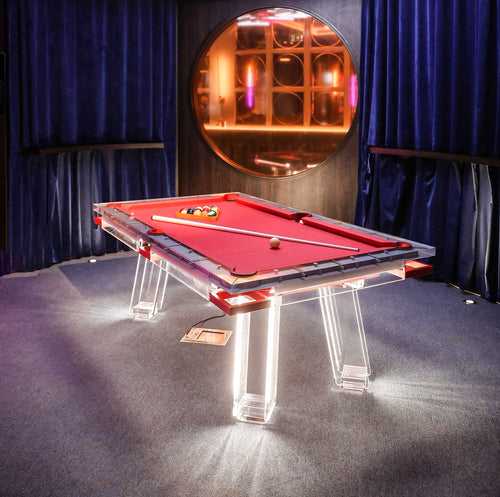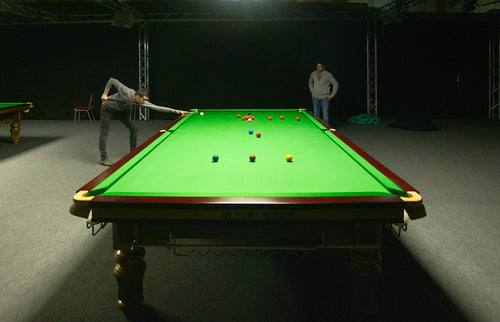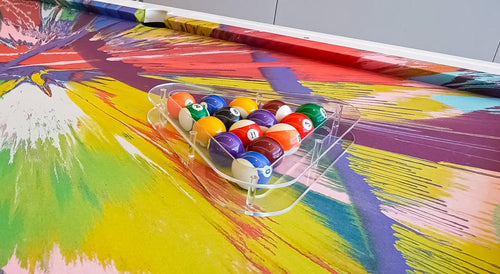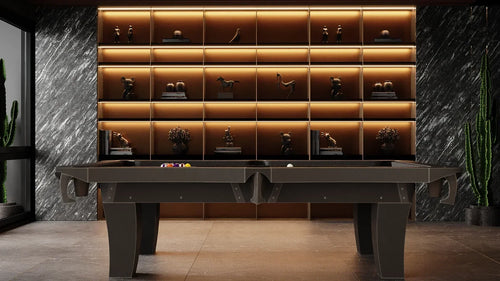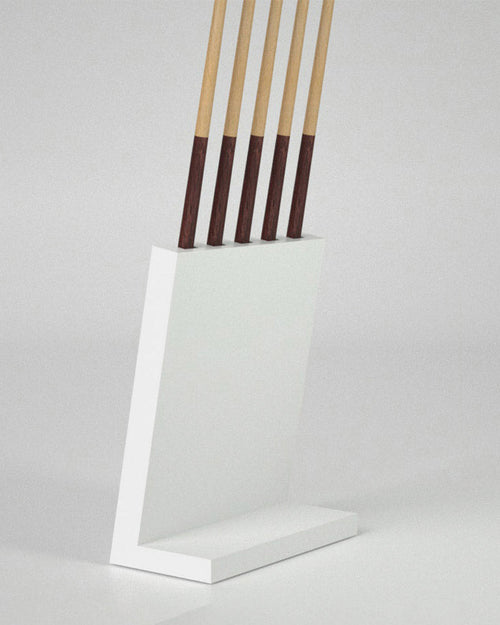Enjoy our modern designs
Billiards’ journey into East Asia offers a fascinating look at globalization, cultural adaptation, and national identity—particularly in Japanese billiards circles and the evolving scene in Korea. From pocketless carom variations to iconic players like Masako Katsura, billiards has found a unique foothold in these nations, blending Western influence with local traditions. Below, we’ll explore how different forms of pocketless billiards took root and became integral to Japanese and Korean culture.
Table of Contents
- 1. Pocketless Pool Tables in Japan & Korea
- 2. Billiards in Japan: Meiji Restoration to Modern Times
- 3. Billiards in Korea: A Parallel Trajectory
- 4. The Popular Surge of Carom Billiards
- 5. Sa-gu: Korea’s Strategic Challenge
- 6. Yotsudama: Japanese Billiards with Artistic Precision
- 7. Prominent Players and Tournaments
- Conclusion
1. Pocketless Pool Tables in Japan & Korea
A defining feature of Japanese billiards and Korean billiards is the emergence of pool tables without pockets. Unlike standard Western pool, this pocketless style shifts the focus to precision and strategy, minimizing the luck factor often introduced by pocket shots. As these tables gained popularity, unique billiards variations flourished, aligning with the cultural emphasis on skillful play and thoughtful approach.
2. Billiards in Japan: Meiji Restoration to Modern Times

Billiards found its way into Japan during the late 19th century, amid the country’s rapid modernization in the Meiji Restoration era. However, Japanese billiards truly took hold after World War II, when American bases introduced the game to local communities. Soon, pocketless pool tables popped up in urban centers, serving as social hubs that blended Western leisure with Japan’s evolving cultural identity.
3. Billiards in Korea: A Parallel Trajectory

Korea’s experience with billiards mirrors Japan’s in many ways. Initially introduced during Japanese occupation, the game surged in popularity after the Korean War due to the increased American military presence. By the 1950s and 1960s, pool tables without pockets had become fixtures near U.S. bases, evolving into culturally significant entertainment spots for both American soldiers and local Koreans.
4. The Popular Surge of Carom Billiards

The game of carom billiards (lacking the standard six pockets) occupies a central role in both Japanese and Korean billiards culture. This focus on precision and geometry aligns seamlessly with cultural values of meticulous strategy. Carom’s various formats—such as three-cushion and four-ball—require consistent technique and a deep understanding of angles, making them popular among players seeking a more cerebral challenge.
5. Sa-gu: Korea’s Strategic Challenge

Among Korea’s distinctive billiards variations is Sa-gu (four-pool ball billiards). Using four balls—two white cue balls and two reds—players aim to carom off both red balls and the opponent’s cue ball in a single shot. With its emphasis on foresight and tactical planning, Sa-gu exemplifies the Korean penchant for disciplined, methodical gameplay.
6. Yotsudama: Japanese Billiards with Artistic Precision

In Japanese billiards, Yotsudama highlights the strategic essence of four-ball play. While not a standalone game, the term symbolizes the four balls used in various Japanese carom formats, including three-cushion billiards. Techniques often revolve around complex cushion hits and precise ball contact—reflecting Japan’s cultural admiration for discipline and mastery.
7. Prominent Players and Tournaments
Masako Katsura: A Trailblazer in Japanese Billiards

Masako Katsura, often called the “First Lady of Billiards,” broke barriers for women in the sport and spurred greater interest in Japanese billiards. Her trailblazing success reverberates today, inspiring fresh generations of carom players to compete on the world stage.
Modern Champions: Yukio Akakariyama and Cho Jae-ho

In contemporary circles, players like Yukio Akakariyama of Japan and Cho Jae-ho of Korea have showcased the region’s talent through notable achievements in events like the Asian Carom Billiards Championship. Their international successes highlight how carom billiards has become a respected competitive arena, further raising the profile of Japanese billiards and Korean billiards worldwide.
Conclusion
From pocketless carom tables to iconic figures like Masako Katsura, the story of Japanese billiards and Korean billiards is steeped in cultural adaptation and mutual exchange. Unique games such as Sa-gu and the concept of Yotsudama embody a shared passion for strategic, precision-driven play. As this rich billiards tradition continues evolving in Japan and Korea, it remains a vibrant symbol of both countries’ embrace of global sports culture—and a testament to the enduring appeal of thoughtful, skill-oriented competition.


